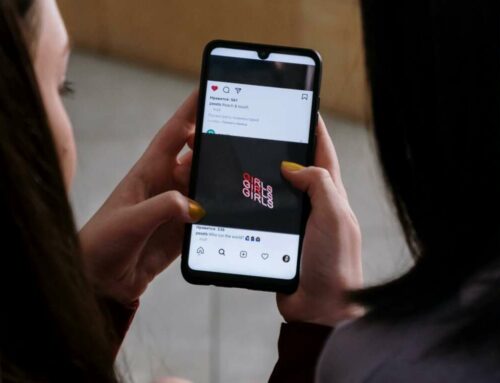
Best Practices for Crafting the Perfect LinkedIn Summary
Your LinkedIn summary is your digital elevator pitch—a chance to showcase your professional brand and attract potential employers, clients, or collaborators. To create an impactful summary, **start with a strong opening statement** that captures your professional identity. This should include your current role, industry, and unique value proposition. For instance, instead of saying “I am a project manager,” consider a more engaging approach like “As a results-driven project manager specializing in tech innovations, I thrive on turning ideas into actionable strategies.”
Be Authentic and Personal
In a sea of profiles, authenticity sets you apart. Share your career journey, achievements, and even your passions. This helps build a connection with your audience. **Use storytelling techniques** to make your summary relatable. Consider including a brief anecdote that highlights a key turning point in your career. Additionally, leveraging personal branding tips from trusted sources can provide more insights on crafting a compelling narrative. For more on personal branding, check Forbes.
Incorporate Keywords Strategically
To enhance your visibility on LinkedIn, **integrate relevant keywords** throughout your summary that align with your professional aspirations. These could be skills, industries, or job titles. Think about what potential employers might search for—tools like Google Keyword Planner can assist here. By strategically placing these keywords in your summary, you’ll increase the chances of your profile appearing in search results. For a deeper dive into keyword optimization, explore Search Engine Journal.
Call to Action
Finally, don’t forget to include a **clear call to action** in your summary. What do you want viewers to do next? Whether it’s visiting your portfolio, connecting with you, or considering you for freelance projects, articulate this clearly. A simple line like “Feel free to connect with me to discuss potential collaborations” can go a long way. To learn more about effective calls to action, see this detailed guide on HubSpot.


































